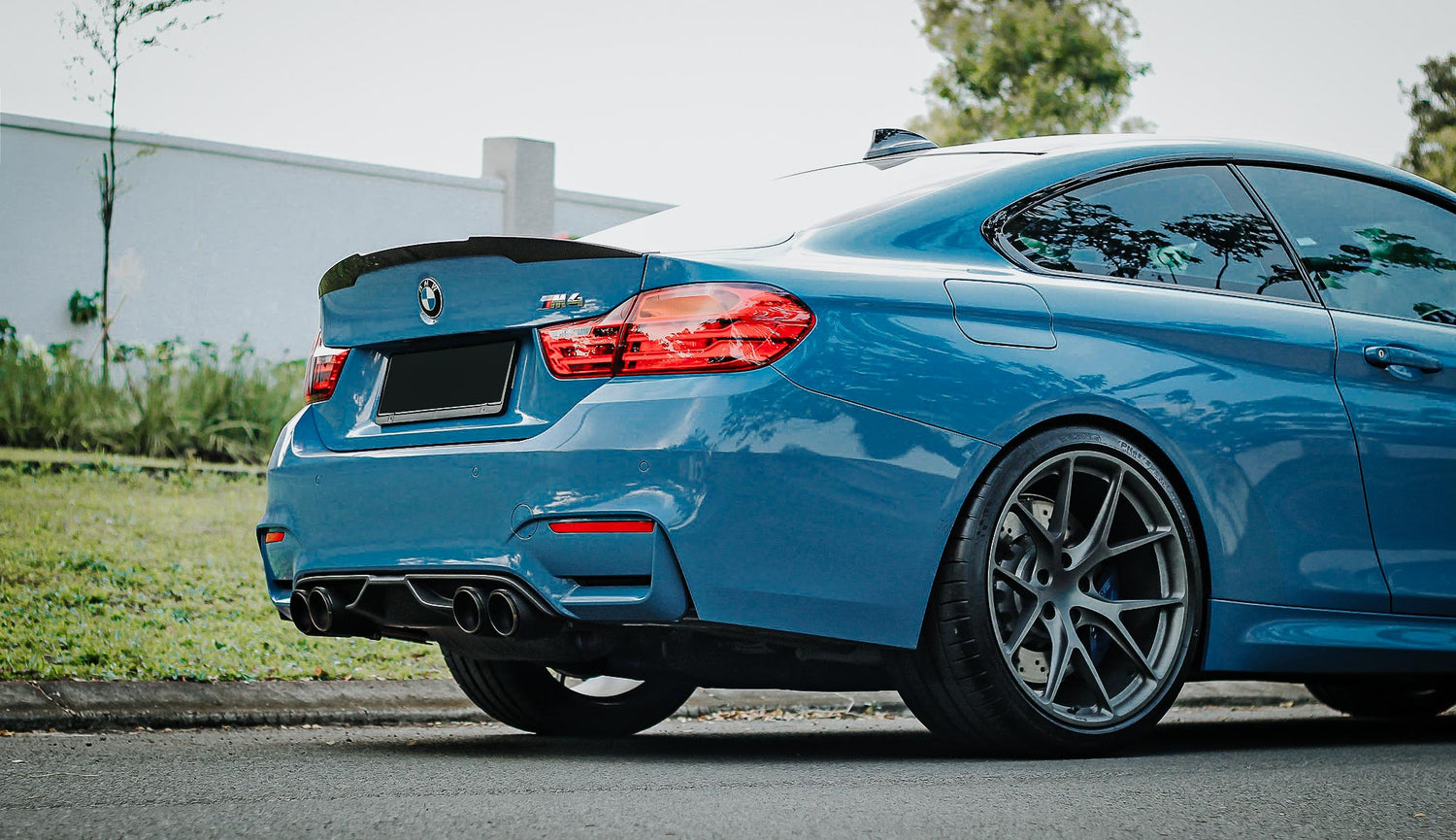Introduction
Wheel spacers are a widely debated aftermarket modification that many car enthusiasts use to enhance their vehicle's stance, handling, and performance. However, questions about their safety and long-term effects on a car's suspension often arise. In this article, we'll explore the pros and cons of wheel spacers and whether they are a good or bad choice for your vehicle.
What Are Wheel Spacers?
Wheel spacers are metal discs placed between the wheel and the hub assembly to push the wheels outward. They effectively increase the track width of a vehicle, altering both its aesthetics and performance. Spacers come in different thicknesses and can be either bolt-on or slip-on types, depending on the application.
Benefits of Wheel Spacers
1. Improved Handling and Stability
Increasing a vehicle's track width can enhance cornering stability and reduce body roll, making the car feel more planted on the road.
2. Enhanced Aesthetics
Pushing the wheels outwards can give a car a more aggressive stance, improving its visual appeal by achieving a flush or wide-body look.
3. Better Fitment for Aftermarket Wheels
Spacers help resolve fitment issues when aftermarket wheels have an offset that causes them to sit too far inward. By adjusting the wheel position, spacers can create the perfect stance without requiring new wheels.
4. Brake Clearance
Some high-performance brake kits require additional space to clear the wheel. Spacers provide the necessary clearance without having to replace the wheels.
Potential Downsides of Wheel Spacers
1. Stress on Suspension Components
By pushing the wheels outward, spacers alter the load distribution on suspension and hub components. Over time, this can lead to increased wear on ball joints, wheel bearings, and control arms.
2. Impact on Steering Feel
Depending on the spacer thickness, the altered scrub radius can change the steering characteristics, potentially making the car feel different to drive.
3. Installation and Safety Concerns
Poorly made or improperly installed spacers can lead to wheel vibration, uneven tire wear, and even wheel detachment. Ensuring proper installation with high-quality, hub-centric spacers is crucial for safety.
4. Legal and Inspection Issues
In some regions, wheel spacers may not comply with road safety regulations, potentially leading to issues during vehicle inspections.
Are Wheel Spacers Safe?
When installed correctly using high-quality, hub-centric spacers designed for your specific vehicle, they can be a safe modification. The key is ensuring proper torque on the lug nuts, using the correct spacer thickness, and periodically checking for signs of wear.
Conclusion
Wheel spacers can be a great addition for enhancing aesthetics, improving fitment, and even boosting handling in some cases. However, they do come with potential drawbacks, particularly if improperly installed or if low-quality spacers are used. If you want to achieve flush fitment without the need for spacers, considering a set of Vorenzo's custom forged wheels designed specifically for your vehicle can be a more tailored and performance-oriented solution.



